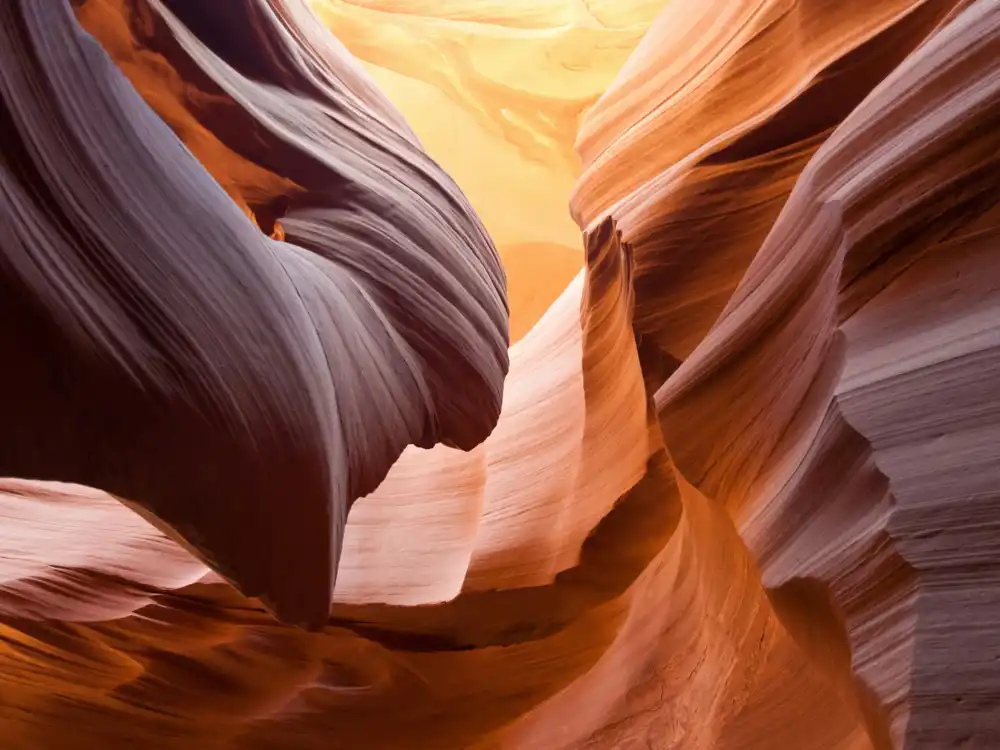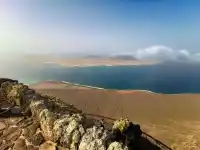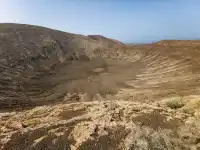“Tome, why on earth do we need to be in this hole at seven in the morning?” Zdeno grumbled, his yawn wide enough to rival the canyon itself. The early Arizona dawn had barely begun, and we stood on a dusty road next to a sign that read, Welcome to Navajo Nation. Lower Antelope Canyon Tours – 7:00 AM Departure.
“Because of the sunbeams,” I replied matter-of-factly, though I’d only learned this from Wikipedia an hour earlier. “And because by 9:00, it’ll be so packed with tourists from Tokyo you won’t even notice you’re in a canyon.”
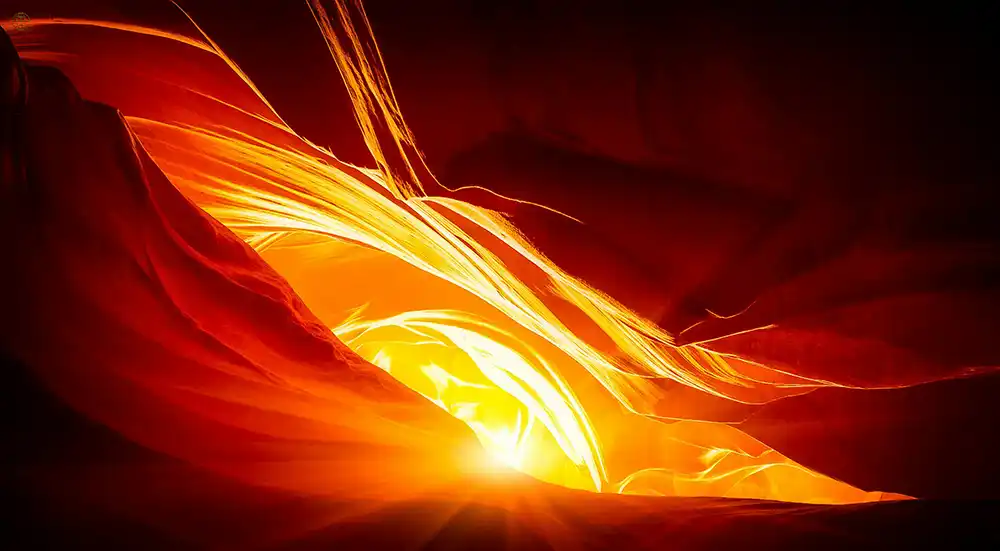
We climbed into the guide’s van, which drove us a short distance to the entrance of Antelope Canyon. Located within Navajo Nation, this slot canyon is one of the most famous in the world. Its sandstone walls, sculpted by time and water, come alive when sunlight streams through, creating a visual symphony that words fail to capture. For photographers, it’s the ultimate pilgrimage site.
Antelope Canyon is divided into two parts: the Upper Canyon and the Lower Canyon. Both have their own charm, challenges, and protocols, which we tried to understand—and occasionally follow.
The Upper Canyon: Where Light Reigns Supreme
The Upper Antelope Canyon is what most people envision when they think of this destination. The entrance is at ground level, requiring no ladders or special equipment. Visitors flock here to witness the iconic sunbeams that pierce the canyon during midday, a dazzling interplay of sunlight, sand, and suspended dust particles.
Stepping inside felt like entering a cathedral carved by nature. The Navajo guides emphasized that this is not merely a tourist attraction—it is sacred land. For the Navajo people, the Upper Canyon is a spiritual place where earth and sky converge, a space to feel the presence of their ancestors.
The name “Antelope” harkens back to a time when pronghorns roamed freely in the area. The canyon itself is the result of millennia of mechanical erosion caused by flash floods. Even today, sudden floods are a real danger, and visitors can only enter with guides who monitor weather conditions.
The Upper Canyon is shorter and more accessible, making it ideal for families and those eager to capture the “perfect” photograph. However, its popularity means it’s often crowded, and finding a quiet moment can be next to impossible.
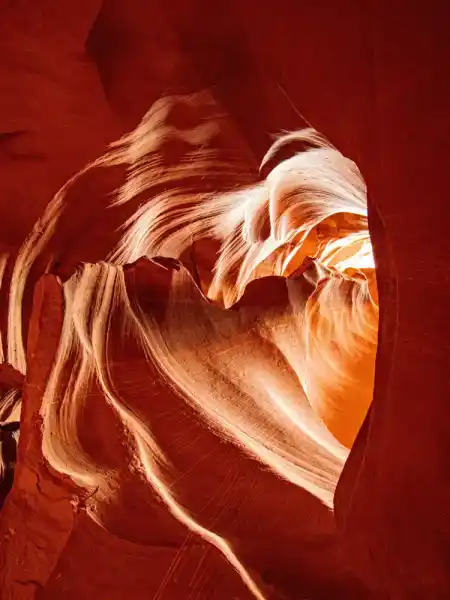
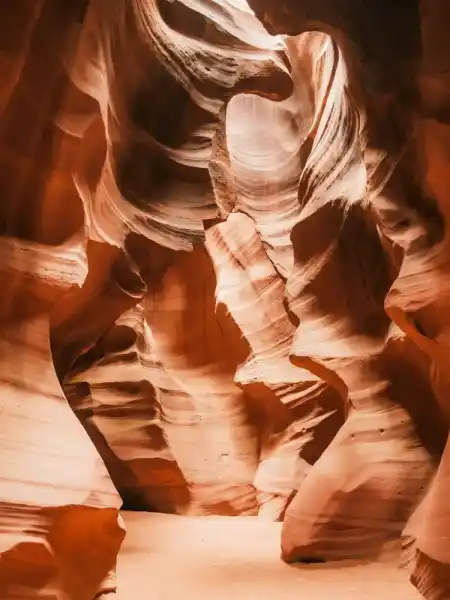
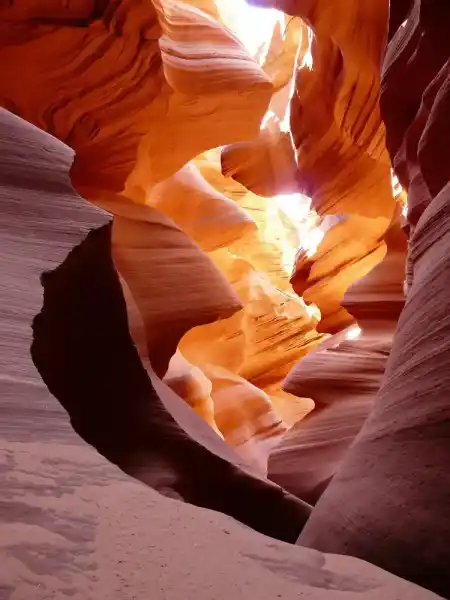
Photo Pexels stock cc
The Lower Canyon: Beauty Beneath the Earth
In contrast, the Lower Antelope Canyon lies below ground, accessible via steep metal ladders. Its atmosphere is more dramatic, with narrow walls, shadowy crevices, and twisting pathways where light creates an ever-changing sandstone canvas.
According to Navajo legend, the spirit of a woman protects this canyon, ensuring respect for nature. Those who fail to show reverence may never find their way out. While this tale might be dismissed as myth, standing among the canyon’s ethereal walls, it’s easy to feel the presence of something greater.
Our guide also shared a sobering story: in 1997, a flash flood trapped and claimed the lives of a group of tourists in the Lower Canyon. This tragedy led to stricter regulations and the requirement for guided tours.
The Lower Canyon offers more adventure, fewer crowds, and a more technical experience, making it perfect for hikers and those seeking an adrenaline rush.
Myths, Wonders, and Unique Experiences
Did you know that the colors of Antelope Canyon shift throughout the day? In the morning, the walls glow soft orange, while by afternoon they deepen into intense reds and purples. While most visitors focus on its visual beauty, for the Navajo, the canyon remains a place of spiritual connection and refuge.
Legend also speaks of rattlesnakes guarding the canyon, adding an extra layer of caution to our journey. We quickly zipped up our boots at the mention of that!
Wildlife is sparse but present. During early mornings or evenings, you might spot coyotes or owls seeking shelter in the canyon. And if you pause and listen carefully, you might hear the “whisper of the wind”—a sound created as air flows through the canyon’s narrow passages. Locals believe these are the voices of ancestors sharing their stories.
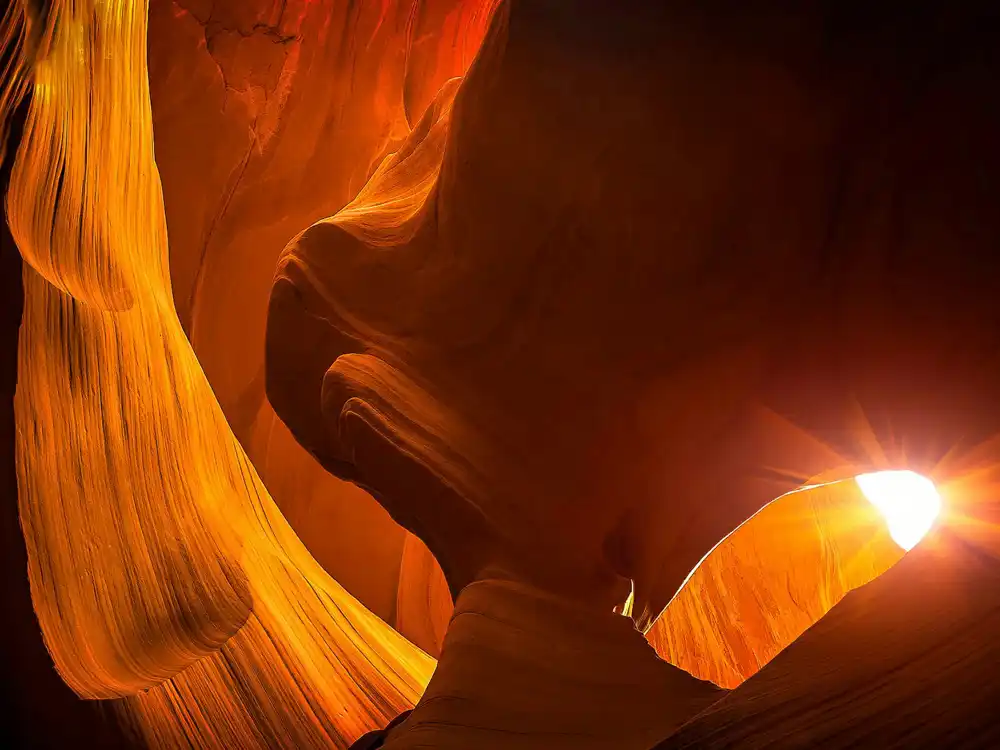
Tips for Visiting
If you plan to visit Antelope Canyon, keep in mind that entry is only allowed with a guide. The Navajo Nation strictly regulates tours to protect this fragile environment and ensure visitor safety. Tickets must be booked in advance, especially if you want to experience the Upper Canyon’s famous midday light beams.
A Journey Worth Taking
Our visit to Antelope Canyon was unforgettable, even though the Upper Canyon sometimes felt like an “Instagram convention” with too many people and too much structure. Only later did we realize we’d been granted the chance to experience a place far greater than a visual attraction. Antelope Canyon, alongside landmarks like the Grand Canyon and Arches National Park, stands as a testament to nature’s power and the deep connection between the Navajo people and their land.
As we walked back to the car, I reflected on the experience. Despite Zdeno’s grumbling, it was one of the highlights of our trip to the West Coast. The beauty of Antelope Canyon strikes you instantly—whether or not you understand its geology or Navajo legends, you’ll leave with a sense of awe or, at the very least, a great photo for Bluesky.
“Zdeno,” I asked, “what do you think could make this place even better?”
“Coffee, beer, and Wi-Fi,” he replied without hesitation.
So, if your travels ever bring you to Arizona, don’t miss this sandstone wonder. And don’t forget sturdy shoes. If you’re lucky, you’ll get a guide who offers more than just the standard facts—someone who’ll help you truly feel the spirit of Antelope Canyon.

